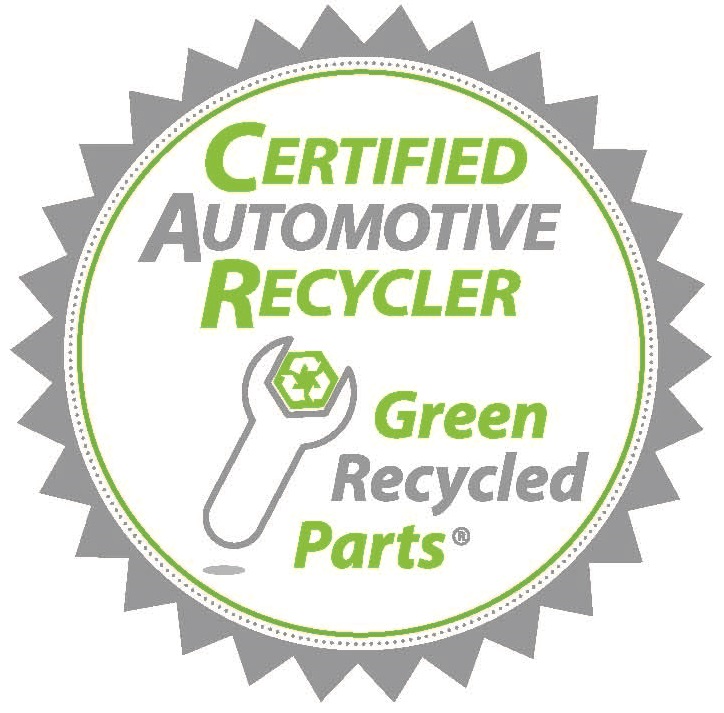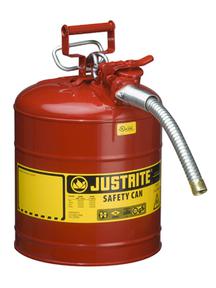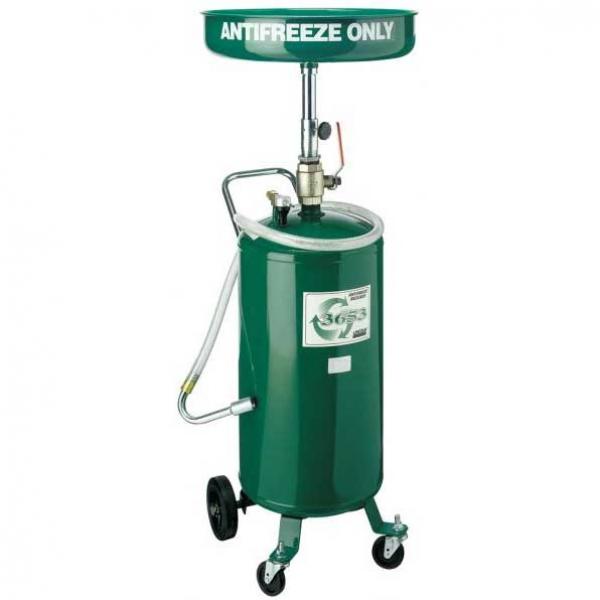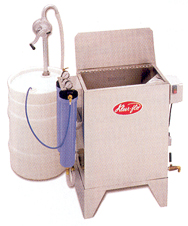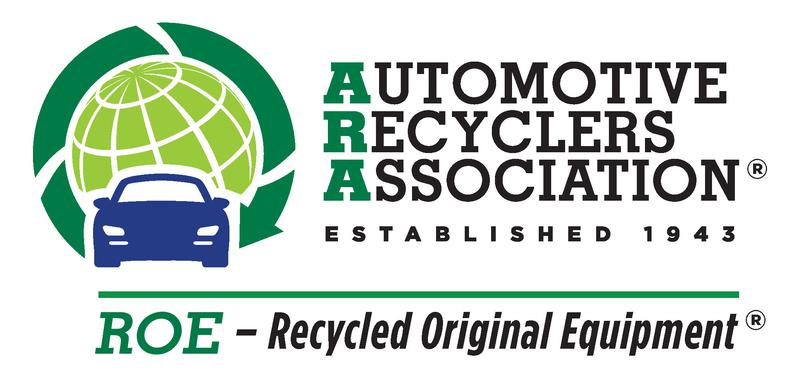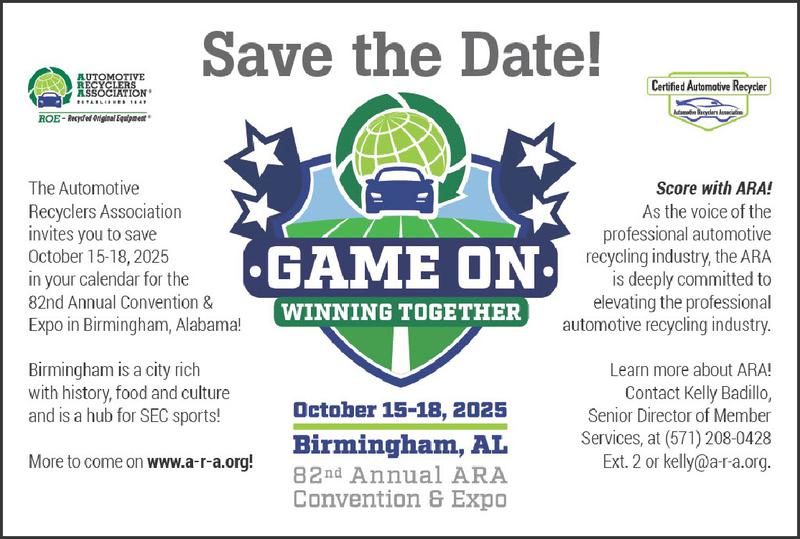While we have tried to present a summary of the essential information on this topic, you should be aware that other items, such as local regulations, may apply to you. Please read the disclaimer.
What You Need to Know
Evacuated fuel from automobiles generally does not become a waste unless it has been contaminated or has become unsuitable for use in an automobile engine due to its chemical degradation (varnished) or contaminated with water or other automotive fluids like oil or antifreeze.
If the fuel is contaminated with material that can be filtered out, do so. If gasoline has become varnished, try using it in small two-cycle engines (for example, lawn mowers), or dilute it with clean fuel for use.
If there is no acceptable use for the fuel, it should be disposed of through an EPA-permitted hazardous waste management company that will use it to fuel industrial furnaces. Hazardous waste fuel should also be included in the facility’s hazardous waste generation inventory and maintained on-site in compliance with all applicable hazardous waste generator regulations according to gernator status as Very Small Quantity Generator or Small Quantity Generator (i.e., VSQG or SQG).
1) Manage used fuel as usable product unless is as designated as waste fuel.
2) Manage waste fuel as a hazardous waste.
Usually the storage of gasoline and diesel is of more concern than whether or not it is a waste.
BULK STORAGE CONTAINERS
Secondary containment is required on bulk fuel storage tanks. That means either a double-walled
tank or a single-walled tank with a secondary containment basin must be used. Plastic TOTE are
not recommended for fuel storage. Additionally, fire prevention measures require fuel tanks to be
stored outside and away from the building (generally, 20 feet or more, in accordance to the local
fire code).
GAS CAN STORAGE CONTAINERS
Information provided by ARA Safety Committee:
Does your gas can meet OSHA requirements? Can you legally use that red plastic $5.00 gas can on your job site? The short answer, probably not.
OSHA Standard 29 CFR 1926.152(a)(1) states "Only approved containers and portable tanks shall be used for storage and handling of flammable and combustible liquids. Approved safety cans or Department of Transportation (DOT) approved containers shall be used for the handling and use of flammable liquids in quantities of 5 gallons or less.
What is an approved safety can or DOT gas can?
A safety can is (29 CFR 1926.155(1)) an approved, closed container, of not more than 5 gallons capacity, having a flash arresting screen, spring closing lid and spout cover and so designed that it will safely relieve internal pressure when subjected to fire exposure. (Approval is given by a nationally recognized testing laboratory, for example, Underwriters Laboratory, Inc.)
Gas cans may only display DOT approval markings when they meet stringent Department of Transportation requirements. Here is where it gets confusing, inexpensive plastic gas cans may meet EPA requirements, but they do NOT meet DOT rules, therefore there are not OSHA compliant at your salvage facility.
Use a "jerry" can for fuels storage!
Regulations
The Environmental Protection Agency's (EPA) administers and enforces federal hazardous waste management requirements (40 CFR Parts 260-279). In most states the state agency enforces the rules. Those rules, known as the Resource Conservation and Recovery Act or RCRA, require hazardous waste to be managed according to the facility's generator status.
Waste determination would NOT require lab testing as the waste fuel will exhibit the characteristic of ignitability and therefore is HAZARDOUS WASTE, the generator must manage it according to the hazardous waste rules. See the ECAR Hazardous Waste Fact Sheet for more detailed information.
Label all containers in accordance with the hazardous waste rules. Remember to clearly mark the words "HAZARDOUS WASTE". Keep storage containers closed to prevent evaporation and spills. Use only permitted waste management companies that have obtained an EPA identification number to transport waste fuel off site. Keep a copy of the hazardous waste manifests for off-site disposal on file in backwards chronological order for three years.
Self-Audit Checklist
An inspector may check the facility for compliance with environmental regulations. Conducting a "self-audit" will identify and correct problems before they result in penalties.
Use the following list to audit your waste fuel storage areas and management procedures.
1. Is used waste fuel stored in drums, tanks or other containers that are in good condition? Open containers, and rusting or leaking containers cannot be used for waste fuel storage.
Is used waste fuel stored in drums, tanks or other containers that are in good condition? Open containers, and rusting or leaking containers cannot be used for waste fuel storage.
2. Are waste fuel storage containers properly labeled? Every waste fuel storage container must be properly labeled according to hazardous waste requirements.
Are waste fuel storage containers properly labeled? Every waste fuel storage container must be properly labeled according to hazardous waste requirements.
3. Is the area around the waste fuel storage containers free of releases? Releases must be stopped and the released material cleaned up and managed properly.
Is the area around the waste fuel storage containers free of releases? Releases must be stopped and the released material cleaned up and managed properly.
4. Are waste fuel storage containers located on your property and 50 feet from your property boundary? All ignitable waste storage containers must be located on your property and at least 50 feet from your property boundary.
Are waste fuel storage containers located on your property and 50 feet from your property boundary? All ignitable waste storage containers must be located on your property and at least 50 feet from your property boundary.
5. Is waste fuel mixed with used other wastes such as used oil? Verify that there are separate, clearly labeled containers for each type of material, and that waste fuel is not mixed with used oil or other materials without the written consent of your waste hauler.
Is waste fuel mixed with used other wastes such as used oil? Verify that there are separate, clearly labeled containers for each type of material, and that waste fuel is not mixed with used oil or other materials without the written consent of your waste hauler.
6. Is waste fuel transported by an approved transporter to an approved disposal facility? Check your records and verify that all shipments of waste fuel were removed from your property by a state certified transporter and taken to a state approved disposal facility. You can check on your transporter's and disposal facility's certification by contacting the Iowa Department of Natural Resources (DNR).
Is waste fuel transported by an approved transporter to an approved disposal facility? Check your records and verify that all shipments of waste fuel were removed from your property by a state certified transporter and taken to a state approved disposal facility. You can check on your transporter's and disposal facility's certification by contacting the Iowa Department of Natural Resources (DNR).
Best Management Practices (BMPs)
Most regulations tell you what you have to do to be in compliance, but they don't explain how to do it. That's where "best management practices" come into play. BMPs are proven methods that help you to get into compliance and stay there. The following BMPs are recommended for used antifreeze storage areas and management procedures.
- Drain antifreeze from radiators and heater cores as soon as possible. Keep antifreeze storage containers closed at all times.
- Keep waste antifreeze free from cross-contamination with other wastes, such as used oil, fuels and solvent.
- Wear eye protection, clothing that covers exposed skin and rubber gloves when transferring antifreeze.
- Pour slowly and carefully to avoid splashing.
- Determine if the antifreeze is waste fluid or reusable product that can be reused or recycled. Recycle by reuse, distillation, filtration or ion exchange.
- Recycling can be done on-site or off-site by an antifreeze recycling service.
- Keep waste antifreeze separate from USED antifreeze destine for reuse or recycling in two separate, closed containers: one for antifreeze that cannot be reused marked "Waste Antifreeze," and one marked "Used Antifreeze."
- Do not dispose of antifreeze down storm drains, in septic tanks, dry wells or on bare ground.
- Keep any records relating to waste/used antifreeze for at least 3 years. This includes receipts for used antifreeze shipments and any laboratory results.
Related ECAR Fact Sheets
ECAR Fact Sheet GASOLINE AND DIESEL FUEL
Fact Sheet Status and Disclaimer
The following compliance assistance information for the state is subject to all of the warranties and disclaimers associated with this internet website [Read full disclaimer]. Please note that this information has been submitted or will be submitted to the state agencies responsible for implementing environmental laws and regulations for their review and comment. This note is provided only for your informational purposes and does not change or alter any warranties or disclaimers, including, for example, your responsibility to seek appropriate legal or technical assistance to interpret the state's laws as needed.
The fact sheets are designed to assist automotive recyclers with operating their businesses and managing their wastes in compliance with the environmental laws in Iowa. ECAR tries to provides timely and essential information on this topic, but be aware that other items, such as local regulations and recent changes, may apply. Read the Disclaimer. Return to the ECAR Virtual Tour.

